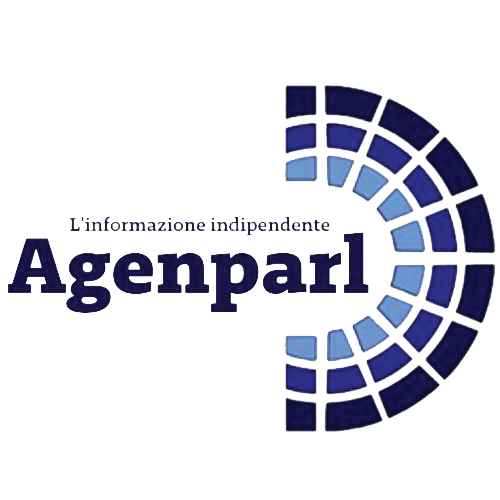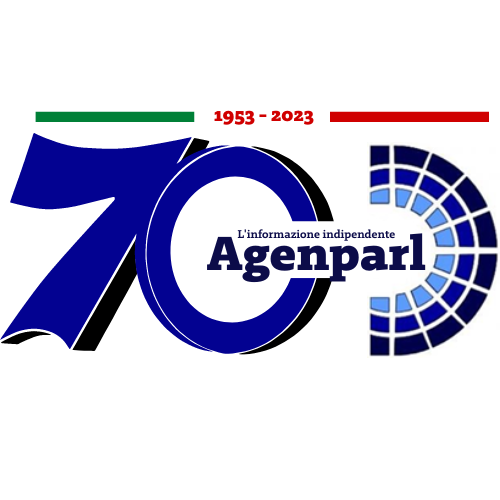 (AGENPARL) - Roma, 26 Aprile 2023
(AGENPARL) - Roma, 26 Aprile 2023(AGENPARL) – mer 26 aprile 2023 WHO 26 April Briefing remarks by Director-General and links
No images? [Click here](https://worldhealthorganization.cmail19.com/t/d-e-zuyuijl-iitylyihjr-e/)
POST PRESSER LINKS
Note for journalists: Below are remarks from today’s briefing, with additional links
WHO Director-General’s opening remarks at 26 April media briefing
Good morning, good afternoon and good evening.
First to Sudan.
The bloodshed we have seen over the past 10 days in Sudan is heartbreaking, in a country whose people have already suffered so much in recent years.
WHO welcomes the ceasefire agreed between the parties. We urge all parties to fully respect it.
Already, the violence has taken a terrible toll on health.
On top of the number of deaths and injuries caused by the conflict itself, WHO expects there will be many more deaths due to outbreaks, lack of access to food and water, and disruptions to essential health services, including immunization.
WHO estimates that one quarter of the lives lost so far could have been saved with access to basic haemorrhage control. But paramedics, nurses and doctors are unable to access injured civilians, and civilians are unable to access services.
In the capital Khartoum, 61% of health facilities are closed, and only 16% are operating as normal.
Many patients with chronic diseases, like kidney disease, diabetes and cancer, are unable to access the health facilities or medicines they need.
In the coming weeks, an estimated 24,000 women will give birth, but they are currently unable to access maternal care.
Vector control programmes to prevent transmission of dengue and malaria have had to stop;
The risk of diarrhoeal diseases is high as the water supply is disrupted and people are drinking river water to survive;
With nutrition programmes suspended, 50,000 children are at real risk;
And the movement of civilians seeking safety threatens the fragile health system throughout the country.
Since the conflict began, WHO has verified 16 attacks on health, causing 8 deaths.
WHO is also concerned about the occupation of the central public health laboratory by one of the parties in the conflict.
Technicians no longer have access to the laboratory, which means the lab is no longer able to perform its normal diagnostic and reference function.
We are also concerned that those occupying the lab could be accidentally exposed to pathogens stored there.
WHO is seeking more information and conducting a risk assessment.
Power cuts are also threatening to make the few remaining stocks of blood stored in the Central Blood Bank unusable.
WHO staff are risking their lives to support the urgent health needs.
We are relocating our staff and their dependents to safety, but we are making plans to continue our operations to the best of our ability.
WHO has stocks of essential medicines, blood bags, supplies for surgery and trauma care waiting for delivery. But we need safe access to do that.
As always, the best medicine in this situation is peace.
Now to the COVID-19 pandemic.
In February 2020, just weeks after the first reported cases of COVID-19, WHO published our first Strategic Preparedness and Response Plan – the SPRP – outlining the steps countries needed to take to prepare for, and respond to, this new virus.
Next week we will publish our fourth SPRP, which is designed to guide countries over the next two years to transition from an emergency response to long-term, sustained management of COVID-19.
We’re very encouraged by the sustained decline in reported deaths from COVID-19, which have dropped 95% since the beginning of this year.
However, some countries are seeing increases, and over the past four weeks, 14,000 people lost their lives to this disease.
An estimated one in 10 infections results in post-COVID-19 condition, suggesting that hundreds of millions of people will need longer-term care.
And, as the emergence of the new XBB.1.16 variant illustrates, the virus is still changing, and is still capable of causing new waves of disease and death.
We remain hopeful that sometime this year, we will be able to declare an end to COVID-19 as a public health emergency of international concern.
But this virus is here to stay, and all countries will need to learn to manage it alongside other infectious diseases.
The new SPRP will support countries to make that transition.
Even as we support countries to respond to COVID-19, we’re also working to keep the world safer against future epidemics and pandemics.
Today, WHO launched the Preparedness and Resilience for Emerging Threats Initiative, or PRET.
The acronym is deliberate: “prêt” means “ready” in French.
Rather than focusing on specific pathogens or diseases, PRET takes an integrated approach to pandemic planning, by focussing on groups of pathogens and the systems they affect.
To begin with, PRET will focus on respiratory pathogens, including influenza, coronaviruses, RSV, and as-yet-unknown pathogens.
Pandemics are by definition global events, so PRET is designed to promote collaboration between countries.
But it’s also designed to promote collaboration between sectors.
As COVID-19 demonstrated, a pandemic is not just a health crisis. It affects economies, education, trade, travel, food supply systems and more.
PRET will therefore support countries to engage as many sectors as possible, as well as civil society groups, religious communities and young people.
This integrated approach will help countries to review, test, and update their pandemic planning efforts to ensure they have the right capacities and capabilities in place.
